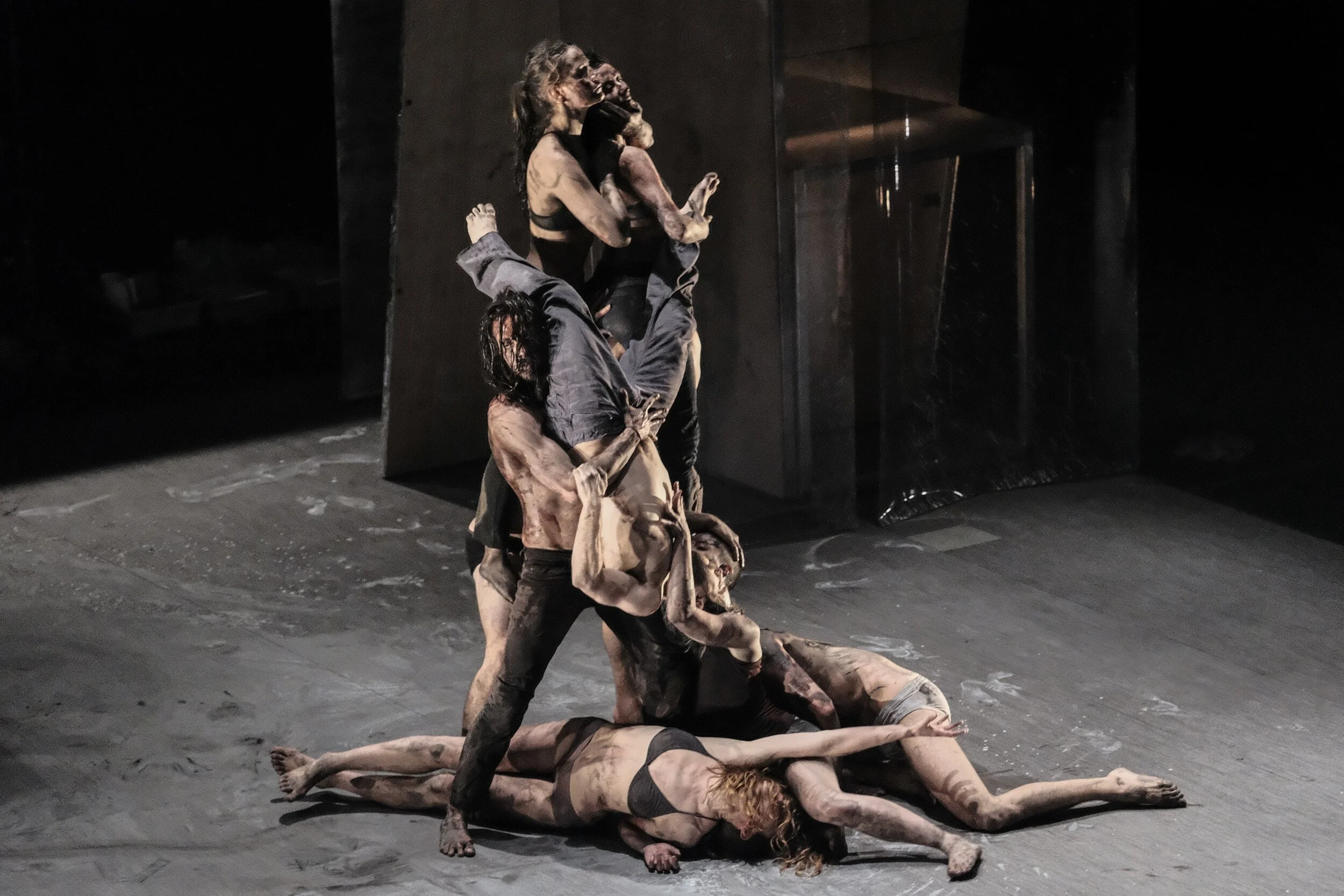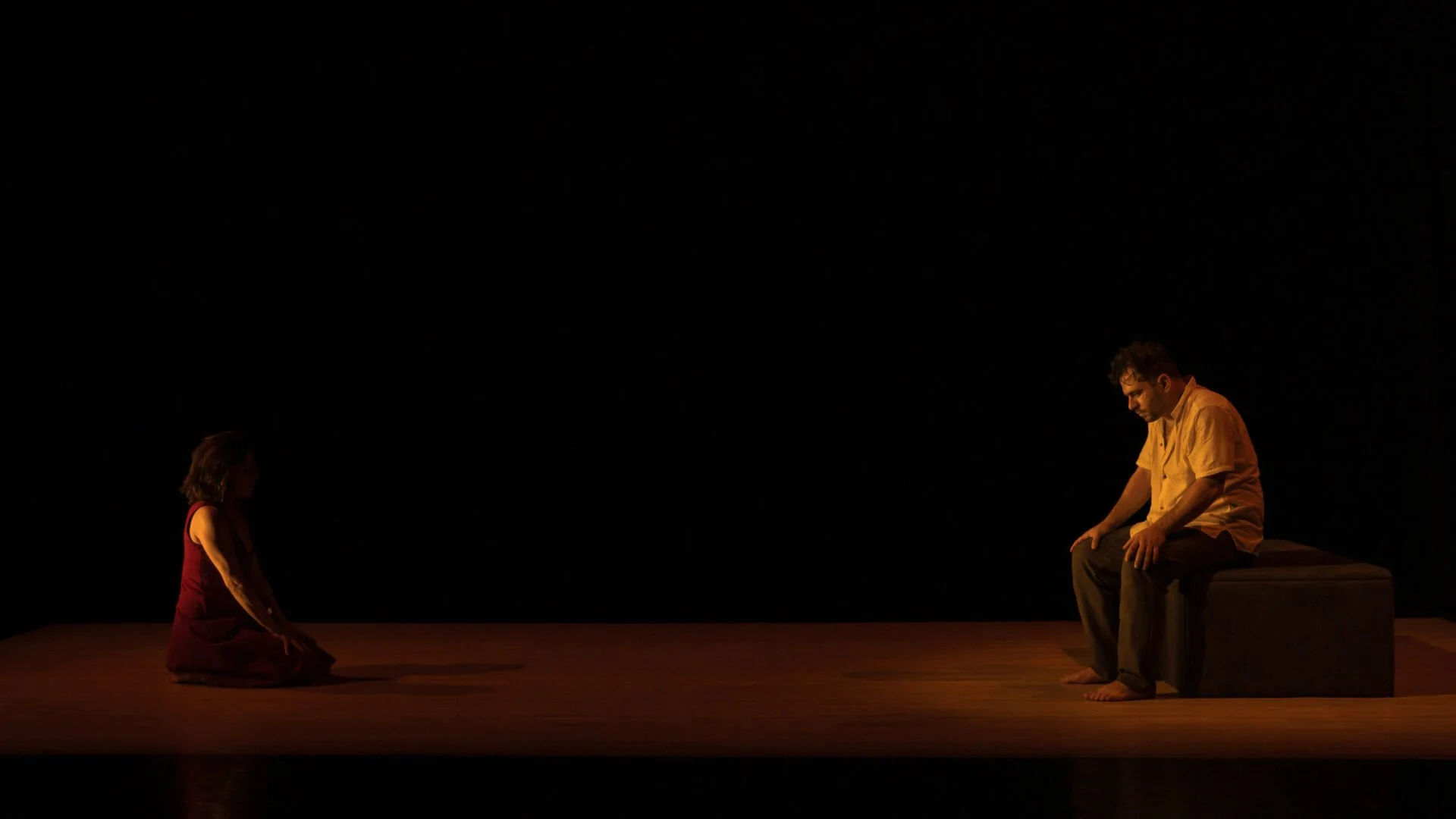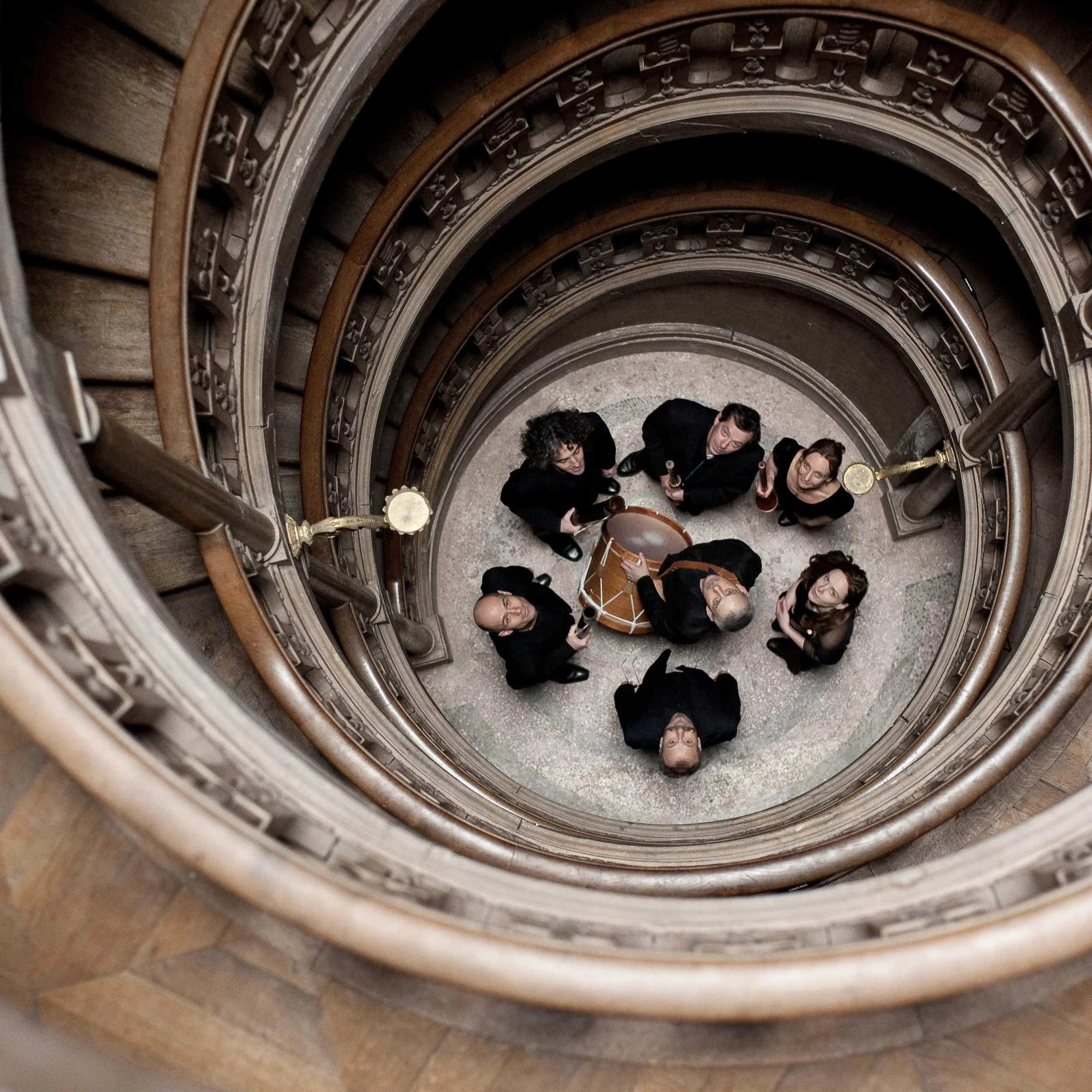At PuSh Festival, Le Cri des Méduses transports haunting French painting to the stage
Quebec City’s Alan Lake Factorie blends dance, theatre, visual art, and cinema in its founder’s interpretation of a grisly 1819 masterpiece
Le Cri des Méduses. Photo by David Wong and Vanessa Fortin
PuSh Festival presents Le Cri des Méduses on January 27 and 28 at 7:30 pm at Vancouver Playhouse and January 27 to 30 online; post-show talkback takes place January 27
WHEN FRENCH ROMANTIC painter Théodore Géricault first revealed Le Radeau de la Méduse (The Raft of the Medusa) in 1819, people were shocked. Inspired by the true story of its namesake doomed naval ship that had run aground off the coast of Senegal three years earlier, the five-by-seven-metre masterpiece depicts people on a makeshift life raft in a clear state of weakness and despair. Because of a shortage of lifeboats, 146 of the Medusa’s 400 passengers endured 13 days adrift, the lack of food and water leading to in-fighting, murder, and cannibalism. To achieve the work’s brutal realism, Géricault had studied cadavers and brought home severed limbs and heads from the local morgue. Dramatic and macabre, the painting captured the imagination of Quebec City-based choreographer, director, visual artist, and performer Alan Lake when he saw it at the Louvre. The artistic director of Alan Lake Factorie transports the painting to the stage in Le cri des méduses, which is having its Western Canadian premiere in Vancouver at the PuSh Festival.
On the line from his Quebec studio, Lake explains how he became fascinated by the historical event upon seeing the powerful painting, with its larger-than-life human suffering.
“I love to jump back into the story,” Lake tells Stir. “The painting is so evocative, and it makes you think of what all those people were facing. How do humans go from helping each other to cannibalism to survive in just a few days? I wanted to jump into this story not as a narrative but as a living painting—a tableau vivant. I call this theatre of image.”
JEAN LOUIS THÉODORE GÉRICAULT, Le Radeau de La Méduse (The Raft of the Medusa) (1818-1819). Oil on canvas, 490 × 716 cm (16 ft 1 in × 23 ft 6 in). Louvre, Paris
Lake’s work is very much multidisciplinary, a blend of dance, theatre, cinema, and visual art. With a background in painting and sculpture, Lake studied dance-performance at the Quebec Dance School (and is among the performers in the 2011 video for Arcade Fire’s “Sprawl II”, choreographed by Dana Gingras). His focus was on making dance films, and while he put himself in front of the camera for close to 15 years, he fell in love with directing. Featuring nine dancers and a live musician, Le cri des méduses combines all of his interests.
Alan Lake.
“I put cinema and visual art into the piece, and I love to jump into the movement,” Lake says. “It’s really complex. I’m not trying to stay just in theatre or just in performance or just in contemporary art; I try to mix it. In transforming the body, it’s sculpture. It’s about creating a world in front of you.
“This type of art is total,” Lake adds. “I can really touch everything I love in this hour. It’s not static like painting or sculpture; it’s a journey of feeling. It’s really all my passions in one.”
The appeal of The Raft of the Medusa to Lake extends far beyond its performance possibilities and its own artistic merit. The work was also a political statement; by the time the passengers on the raft were finally rescued, only 15 had survived, the French public enraged by its government’s slow response. The image of people clinging to life at sea speaks to current events, with so many migrants and refugees taking to dangerous sea crossings.
















